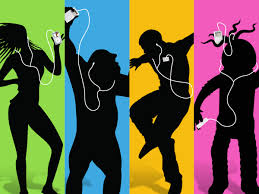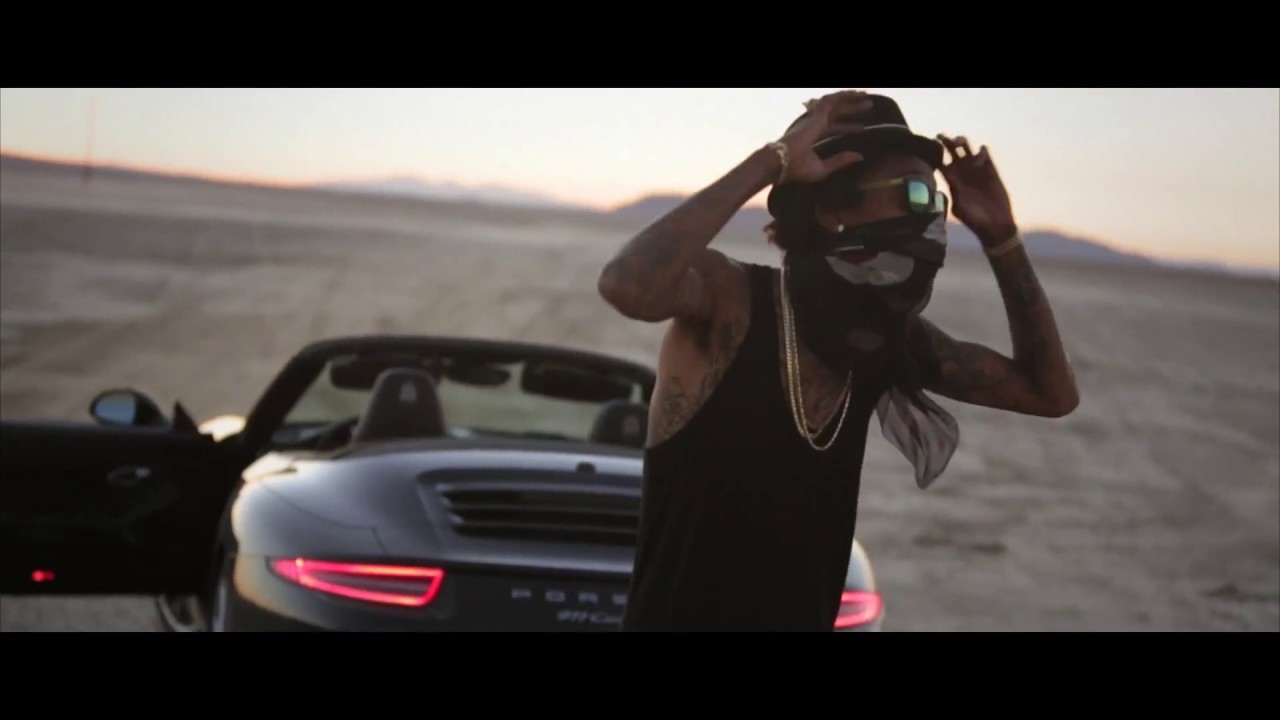
Drugs and art are no strangers to one another but what about art that is actually a drug? For the last decade, a new way of getting high has been gaining popularity amongst teenagers across the country; this new drug isn’t anything you snort, shoot, or even swallow, it is purely sensory. This is referred to as I-dosing and is completely legal and extremely accessible; all you need is an Internet connection and some headphones to achieve this supposed high.
These digitally induced highs are achieved when a certain combination of different sounds and music create what is referred to as binaural beats. Historically, Heinrich Wilhelm Dove discovered that this combination of different beats could make the listener’s brain perceive a fast-paced beat, which is essentially the starting condition that allows the listener to feel high. As quoted in a Psychology Today article, these beats can lead to “increased dopamine and beta-endorphin production, faster learning rates, [and] improved sleep cycles.” Additionally, depending on the combination of the sounds being produced, the digital drug can emulate the effects of essentially any legal or illegal street drug from marijuana to cocaine.
An interesting tidbit about this trend is the fact that no artists have actually stepped up to claim ownership of any of these artworks. On Spotify, listeners can explore such songs as “Sleep Triggers” and “Gates of Hades” which all have ‘I-doser’ listed as the artist. The tracks themselves vary depending on the intended mood or reaction that the listener is going for. For example, “Gates of Hades” features a very prominent white noise effect with a harsher and more alien sounding background sequence that changes and gets more intense and foreign as the track progresses; there is nothing familiar or comforting about this track. On the other hand, the track “Hand of God” is characteristically calmer and more uplifting featuring church-like music and a more substantial and discernible beat. Essentially, the listener is able to pick from the provided tracks and determine what kind of high they want to achieve from it.
The concern with this fad is not that teenagers will become addicted to these digital drugs, but that they will serve as a gateway to the harder and more illegal drugs that we see featured on the streets, in jails, and in rehab facilities across the country. Some school districts have even gone as far as sending out notices and warnings to parents to ensure they are aware of this new trend in order to prevent these young adults from walking down a path they can’t come back from.
Should it be illegal to create and sell this type of artwork if it leads to these kinds of reactions or is this something that cannot and therefore should not be regulated by the government?








I at first didn’t see the problem with this idea of using music to essentially get high, but it made sense once I read about what you said of the idea of kids or people in general then wanting to try “real” drugs. At first it might be fine, but if they get bored of using this music as a way of getting high, they might turn to something that could probably have a harder effect on them. I also however understand that not everyone will fall into that category, and some could actually stick with just the music. What I am not sure of, is if we should simply get rid of this music due to the risks of those that won’t use it responsibly, or keep it for those that will use it responsibly.